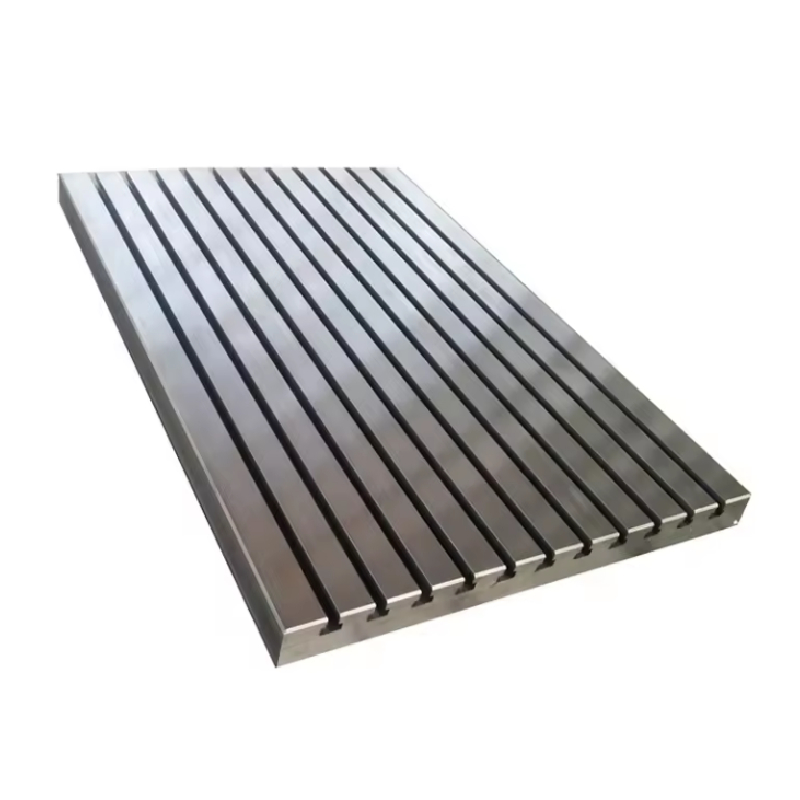12 月 . 04, 2024 09:27 Back to list
type of water valves
Types of Water Valves An Overview
Water valves are essential components in plumbing and irrigation systems, controlling the flow and pressure of water. Understanding the different types of water valves can help homeowners, contractors, and engineers make informed decisions about their water management systems. This article explores the various types of water valves, their functions, and applications.
1. Gate Valve
One of the most commonly used valves, the gate valve, is designed to allow or prevent the flow of water. It operates by lifting a gate out of the path of the fluid. Typically used in applications where a straight-line flow of fluid is required, gate valves are best for on/off control. They are not suitable for throttling purposes because partially opened, they can cause turbulence and erosion. Gate valves are widely used in municipal water systems, irrigation, and industrial applications.
2. Globe Valve
Globe valves are known for their ability to control flow and pressure effectively. They have a spherical body and a movable disk that regulates the flow through an opening. Unlike gate valves, globe valves are excellent for throttling, making them ideal in applications where precise flow control is necessary. Commonly found in water treatment plants and chemical processing, globe valves are versatile and reliable.
3. Ball Valve
The ball valve features a spherical ball with a hole through the center, allowing or blocking flow when rotated 90 degrees. This design enables quick shut-off and is less prone to leakage compared to other types of valves. Ball valves are highly durable and suitable for various applications, including residential plumbing, irrigation, and industrial systems. Their ability to handle high pressure and temperature makes them a popular choice in many settings.
4
. Check Valvetype of water valves

A check valve, also known as a non-return valve, prevents backflow in piping systems. It allows water to flow in only one direction, which is crucial in preventing contamination and protecting pumps and other equipment. Check valves are typically used in sump pumps, wastewater treatment plants, and irrigation systems. Their passive functioning, which relies on pressure changes, makes them an essential component in maintaining system integrity.
5. Butterfly Valve
The butterfly valve is a flow control device that employs a rotating disc or butterfly to regulate flow. It is lightweight, compact, and suitable for large diameter pipes, making it an efficient choice for water treatment facilities, HVAC, and fire protection systems. Butterfly valves provide quick shut-off capabilities, and their design facilitates minimal pressure drop in flow systems, making them energy-efficient.
6. Pressure Relief Valve
Pressure relief valves are critical for protecting water systems from excessive pressure, which could lead to equipment damage or catastrophic failure. These valves automatically release fluid when the pressure exceeds a predetermined level, helping to maintain a safe operating pressure. They are commonly used in industrial applications, boiler systems, and even in municipal water systems to ensure safety and functionality.
7. Solenoid Valve
Solenoid valves are electrically operated and used to control the flow of water in automatic systems. They consist of a coil that, when energized, moves a plunger to open or close the valve. Commonly used in irrigation systems, solenoid valves provide efficient automation for water distribution, allowing for precise scheduling and control. Their ability to respond quickly to electrical signals makes them vital in modern irrigation and automated water management systems.
Conclusion
Understanding the various types of water valves is crucial for anyone involved in plumbing, irrigation, or water management. Each type of valve serves a specific function, from regulating flow and pressure to preventing backflow and protecting systems from damage. When selecting a valve, consider the application, pressure requirements, and flow characteristics. By choosing the right type of water valve, you can enhance the efficiency and reliability of your water systems, ensuring optimal performance for years to come.
-
Y Type Strainers: A Comprehensive GuideNewsOct.18,2024
-
Understanding Water Valve Options for Your NeedsNewsOct.18,2024
-
Functions and TypesNewsOct.18,2024
-
An Essential Component for Fluid SystemsNewsOct.18,2024
-
Adjustment and ReplacementNewsOct.18,2024
-
Slow Closing Check Valves: A Key Component in Fluid SystemsNewsOct.08,2024
Related PRODUCTS









